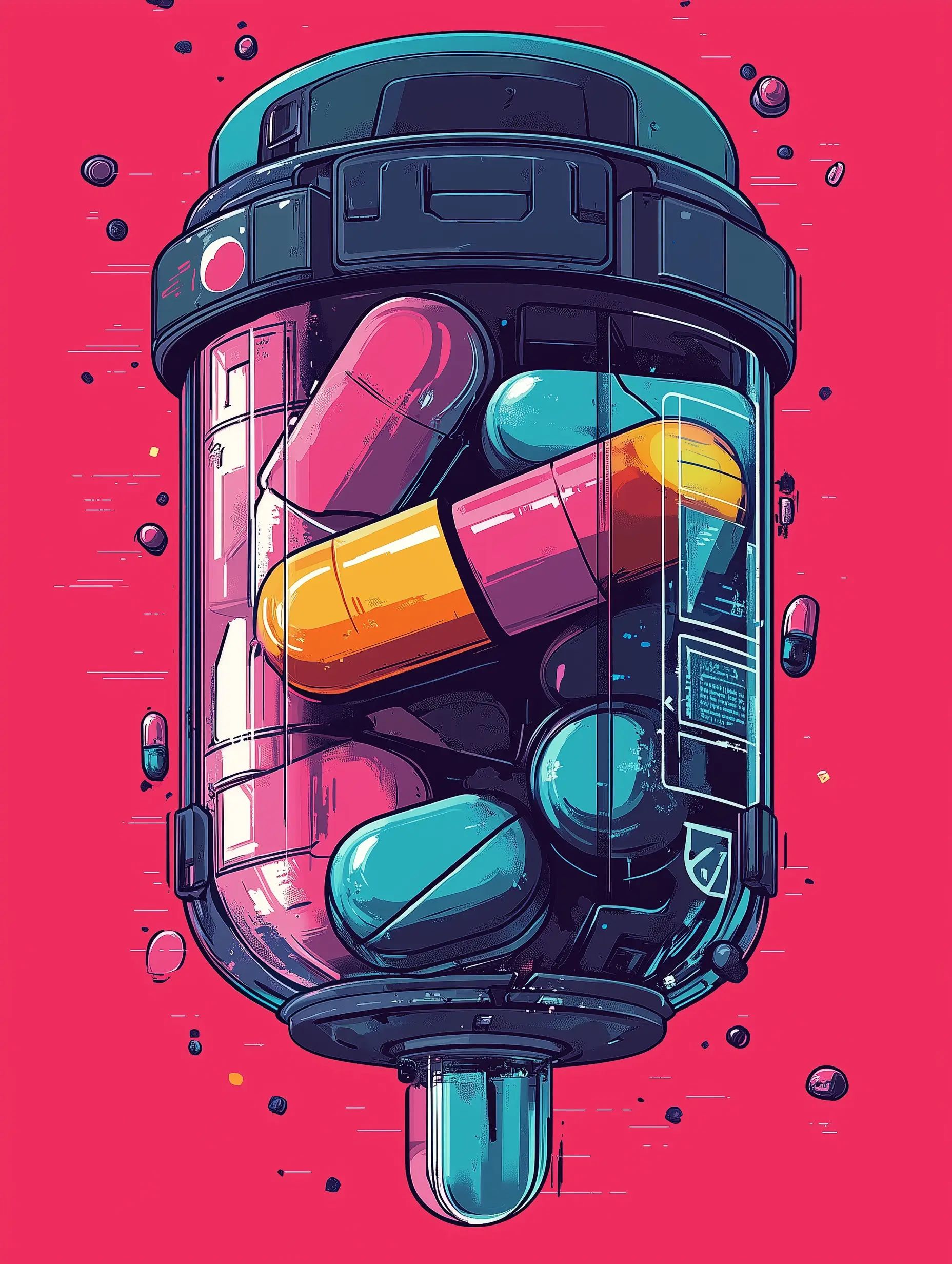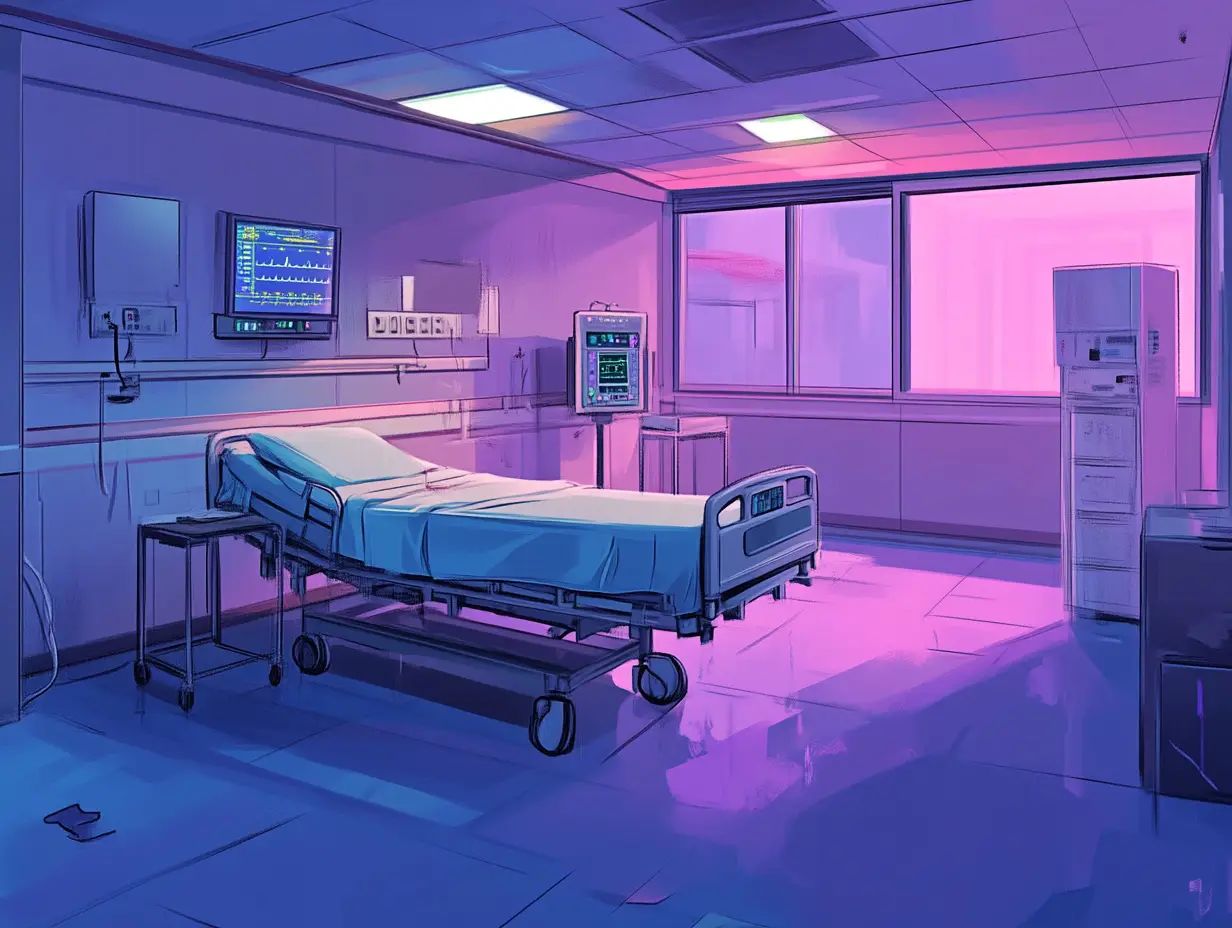Political Declaration of the High-Level Meeting on Antimicrobial Resistance
Safeguarding the future of modern medicine

Political Declaration of the High-Level Meeting on Antimicrobial Resistance
Safeguarding the future of modern medicine
By Our Future Agenda – UN Foundation

A Call for Bold Action
Antimicrobial Resistance is a Global Threat
Picture a world where routine surgeries, simple infections, and childbirth become life-threatening because antibiotics no longer work.
This isn’t a distant future – it’s a reality we’re racing toward if we don’t tackle Antimicrobial Resistance (AMR) head-on. It doesn’t just threaten health systems, it threatens economies and sustainable development. It’s the silent epidemic creeping through hospitals, farms, and ecosystems alike, and it could push millions into extreme poverty.
The declaration makes it clear: AMR is one of the biggest health challenges we face, and the time for bold, immediate action is now. It aligns the fight against AMR with global goals like the SDGs, reminding us that if we fail here, we risk failing on all fronts – from global health to food security.

A Call for Bold Action
AMR is a Global Threat
Picture a world where routine surgeries, simple infections, and childbirth become life-threatening because antibiotics no longer work.
This isn’t a distant future – it’s a reality we’re racing toward if we don’t tackle AMR head-on. It doesn’t just threaten health systems, it threatens economies and sustainable development. It’s the silent epidemic creeping through hospitals, farms, and ecosystems alike, and it could push millions into extreme poverty.
The declaration makes it clear: AMR is one of the biggest health challenges we face, and the time for bold, immediate action is now. It aligns the fight against AMR with global goals like the SDGs, reminding us that if we fail here, we risk failing on all fronts – from global health to food security.


Key Themes for
Global Transformation

One Health, One Chance
AMR doesn’t play favorites – it cuts across humans, animals, and the environment. The One Health approach is a rallying cry for cross-sector collaboration. Whether you’re a healthcare worker, a farmer, or a policymaker, we’re all in this together.
Equity & Access
It’s not just about finding solutions; it’s about making sure everyone can access them. AMR hits the poorest countries the hardest, where getting hold of affordable antibiotics and vaccines is already a struggle. This declaration pushes for equity, ensuring no one is left behind in the fight against AMR.
Prevention Over Cure
Sometimes, the best offense is a good defense. Strengthening things like water, sanitation, hygiene (WASH), and vaccination systems for people and animals can prevent infections from spreading in the first place, reducing our reliance on antibiotics. This approach could save hundreds of thousands of lives each year.
Governance Matters
AMR is too big for one sector or one country to handle alone. National Action Plans are crucial, but they need muscle behind them – coordinated, well-financed efforts that hold everyone accountable. Strong governance is the backbone of a global response.

9 Tangible Actions
This Declaration includes concrete actions for countries to implement in their consideration of future generations. Here’s what world leaders are committing to right now:

Action 1: National AMR Action Plans
By 2030, every country must have a fully functioning plan in place to combat AMR. These plans aren’t just for show – they need clear targets, funding, and robust coordination. Half-measures won’t cut it.
Action 2: Global Action Plan Refresh
The global playbook on AMR is getting a much-needed update by 2026, led by four key organizations (WHO, FAO, UNEP, WOAH). Expect new strategies, more collaboration, and biennial progress reports to keep the pressure on.
Action 3: Central Command
To strengthen coordination on AMR, the work of the four key organizations will be formalized as a Joint Secretariat, essentially the nerve center of this fight. They’ll be responsible for rallying sectors and supporting countries with technical guidance.

Action 4: Supercharging Partnerships
This fight can’t be won in silos. The Multistakeholder Partnership Platform will be expanded to connect countries, donors, and organizations, all sharing best practices and lessons learned. This platform will also encourage more donor countries to join the cause.
Action 5: Independent Panel of Experts
By 2025, an independent panel will be up and running to ensure that countries are using the best evidence available to fight AMR. This will be a scientific brain trust, guiding national and global efforts.
Action 6: Show Us the Money
It’s time to put our money where our mouth is. $100 million is the target by 2030, with the goal of ensuring that 60% of countries have fully funded action plans to combat AMR. The world can’t afford to skimp on this modest investment.

Action 7: Global Access
It’s not just about producing antibiotics; it’s about making sure they reach the places they’re needed most. By working with key players like the Global Antibiotic Research and Development Partnership, the world can build resilient supply chains and ensure equitable access to life-saving drugs.
Action 8: Cut Out Antibiotics in Agriculture
The agriculture sector will need to cut its use of antimicrobials globally by 2030. That means more investment in animal health, better farming practices, and smarter use of antibiotics to keep our food systems safe.
Action 9: Boost Surveillance
If you can’t measure it, you can’t manage it. By 2030, 95% of countries will need to report on their AMR status through annual self-assessment surveys. Stronger national surveillance systems are the only way we’ll stay ahead of AMR trends.

International Cooperation and the Path Forward
No country can win this fight alone. AMR doesn’t respect borders, so the global response must be just as united. International organizations like the WHO, FAO, UNEP, and WOAH will lead the charge, but governments, civil society, and the private sector must rally behind them.
Key milestones will keep the pressure on: the 4th Ministerial Conference on AMR in November 2024 will push for more commitments, and the High-Level Meeting on AMR in 2029 will assess how far we’ve come. The declaration makes one thing clear – this is the ultimate test of our ability to cooperate globally for the common good. The clock is ticking, and the stakes couldn’t be higher.
The world is facing a once-in-a-century opportunity to stop AMR from derailing decades of progress in health and development. With the right leadership, financing, and international solidarity, we can outsmart the superbugs and protect the future of global health.

Concrete Steps and Deadlines
The table breaks down the Global Digital Compact into concrete steps and timelines that aim to tackle some of the world’s biggest challenges. We’ve also connected these steps with Our Common Agenda, a global plan to reimagine the UN launched in 2021 by the Secretary-General, which proposed the Summit of the Future as a key moment to forge a new global consensus on what our future should look like, and what we can do today to secure it. This ensures accountability and helps everyone – governments, organizations, and citizens – focus on what needs to be done next.

Get the Full Scoop
If you enjoyed our decoded version of the Political Declaration of the High-level Meeting on Antimicrobial Resistance and want to delve into more detail on the recommendations, you can immerse yourself in the full version here:
To find out more about the Summit of the Future, click here.




